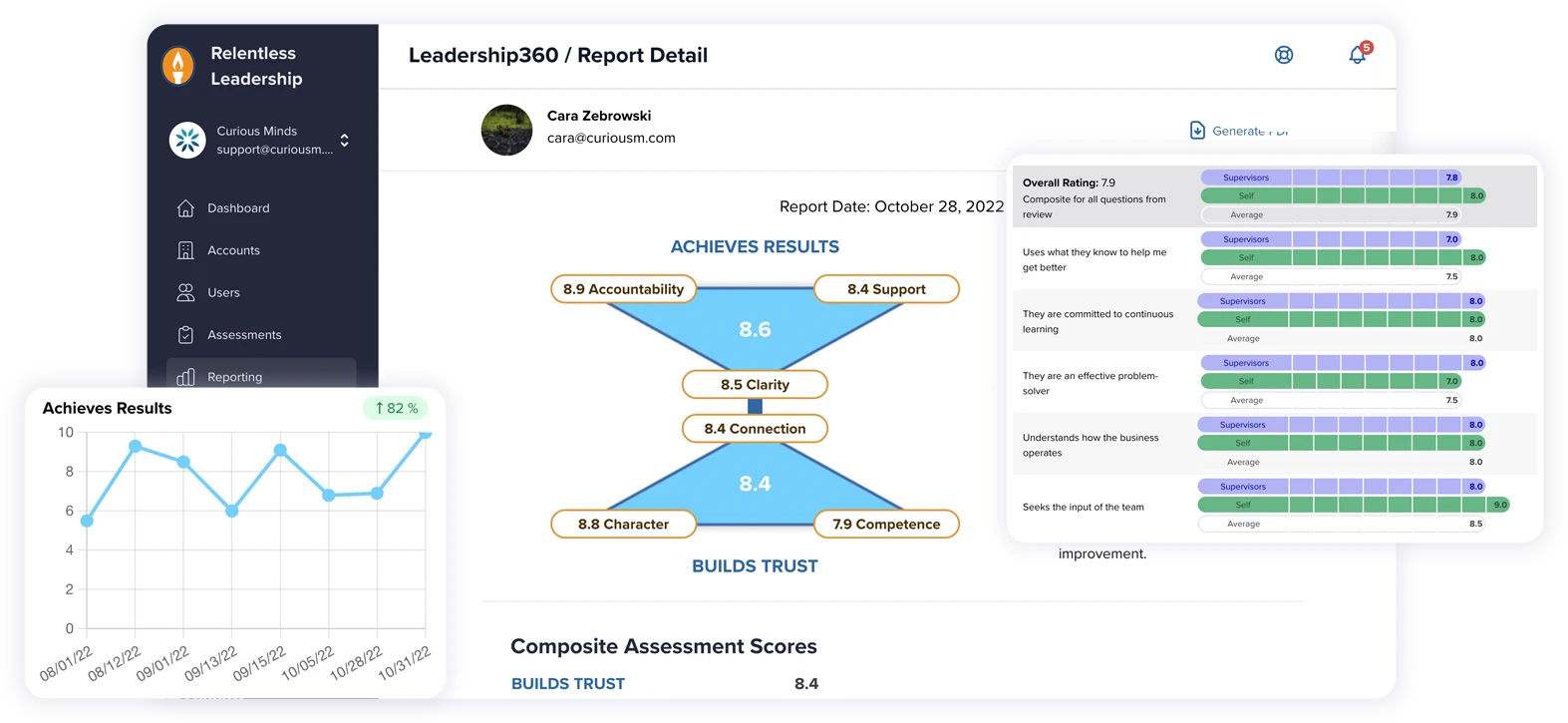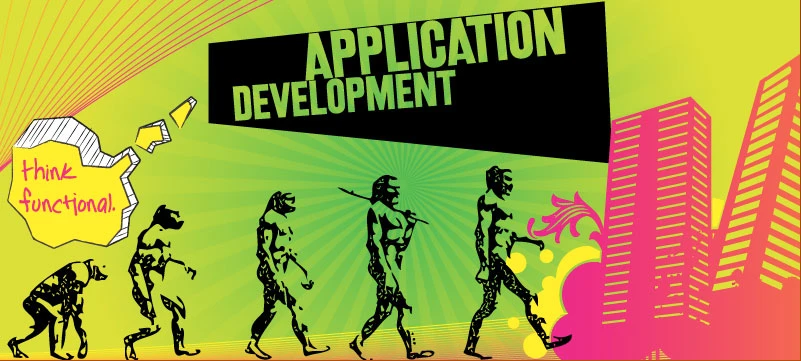It starts with a simple enough question. Do you want to update to the newest version of WordPress? You start wondering if you should update. Is it necessary? What are the consequences? To update, or not to update? That is the question. This article will help you to answer this question and understand why updates are necessary. Let’s start!
When updating a WordPress website, a big concern is whether or not the update is going to break your website, leading to not understanding where the issue is, or how to fix it. The first thing to understand is why these updates happen.
Why are there updates?
WordPress is always improving their product. There are constantly new features and updates, mostly based on the users’ feedback, which means it gets improved on the go, getting better, faster, and safer each time.
Why you should update your WordPress website
Regular updates to WordPress keep your site running smoothly and effectively, increasing traffic and making you less susceptible to security breaches.
-
Security
The main reason to update your WordPress website is security: new releases often have the latest security features, protecting your website from hacker attacks. WordPress is also very common (it currently powers 33% of the web), but less than 1/3 of all WordPress installations are updated to the latest version, making them appealing to attackers. Bugs and security threats are constantly fixed by WordPress developers, making each version more and more secure.
-
Keeping up with Plugins and Themes updates
Themes and Plugins are also subject to updates, which are usually developed to work with the latest version of WordPress available. This means that if your WordPress is not updated, it may not match with the Themes’ updated version and break your website, or stop working properly.
-
New features
WordPress doesn’t just gets updated in its core. It comes with new, updated designs and features, making the users’ lives easier. These updates are based off of users’ feedback, which means it comes directly from people who share the same needs and issues.
-
Bug fixes
WordPress, just like other CMS and softwares, has bugs, which can make it slow, cause various issues, and represent a security threat. To avoid this, WordPress fixes known bugs, and improves code with new releases.
-
Updated UI
Not every WordPress update comes with a new shining design, but some do (even if very small). As a result, the overall experience is easier, faster, and more appealing with each update. Every single update improves performance.
-
Speed optimization
A fast website is a better website. WordPress updates allow the website speed to improve. A fast loading website has a higher ranking in Google. It is optimized for mobile users, and it increases conversion rate. For example, Walmart discovered that improving page load time by one second increased conversions by 2%. A fast website also significantly reduces bounce rate.
Will the update break my website?
Normally, no. A simple WordPress update won’t change much. However, there are cases in which a few tweaks may be necessary. Regardless, always make sure to have a backup ready in case something goes wrong, so that you can revert your website to the previous version, if needed.
Sometimes the unexpected happens, or something goes wrong.Therefore, you should always prepare for this.
A few common issues that may occur when WordPress gets updated are:
WordPress shows a Maintenance mode message instead of the website
The design results are completely different
The website goes completely blank
Elements of the admin section disappear
What if I can’t fix the issues after the update?
If you have updated your website and still can’t figure out what has gone wrong, now may be the time to contact a developer. An Enterprise developer will help to locate the source of the issue and, with a regular maintenance plan, keep your site running and issue free.



















